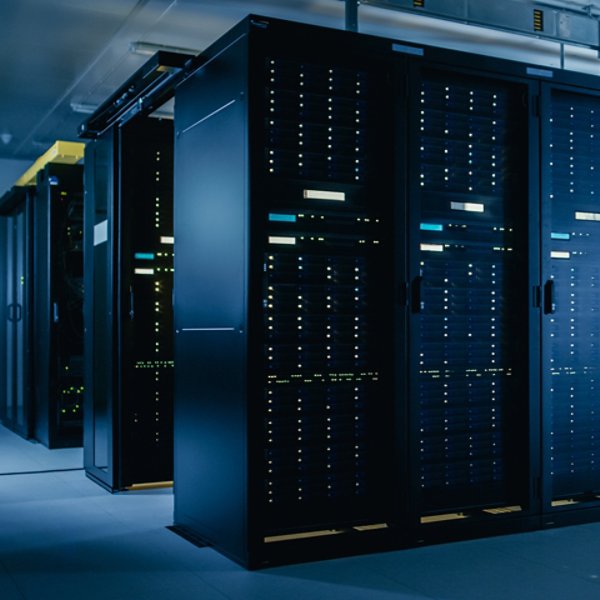By: Stanley Wood and Ken Gambon
Innovation often occurs at the intersection of technologies, so it’s fitting that the convergence of mainframes and cloud computing is reshaping how modern enterprises do business.
Kyndryl´s 2024 State of Mainframe Modernization Survey Report found that 96% of companies are moving at least some of their workloads (on average 36%) to the cloud. A hybrid approach allows organizations to take advantage of the performance, security and reliability of mainframes while enjoying the flexibility offered by the cloud.
But modernizing or moving mission-critical workloads to a cloud platform is challenging. Mainframe workloads have strict performance and security requirements and are often governed by stringent rules and regulations.
Even if you plan to move an entire mainframe to the cloud, the migration will likely be done in stages. Since workloads and data will be in a hybrid environment during this process, you’ll need to take extra steps to help ensure ongoing access to data, maintain security, and provide fast, low-latency connectivity.
Given these complexities, one of the most fundamental decisions your developers will have to make when migrating your mainframe is whether to refactor, replace or replatform applications. Here’s a cheat sheet with suggestions for when and why to select these popular approaches:


